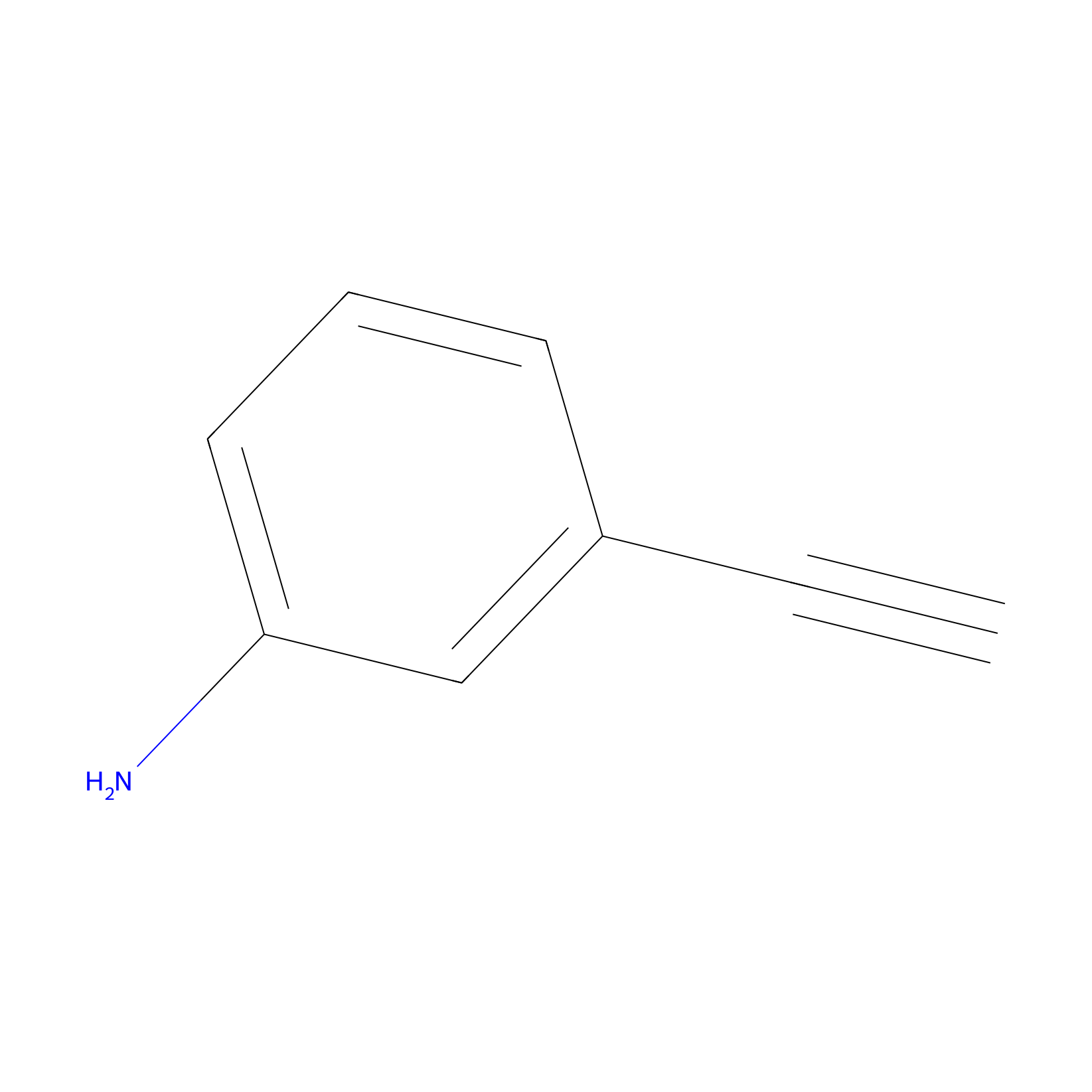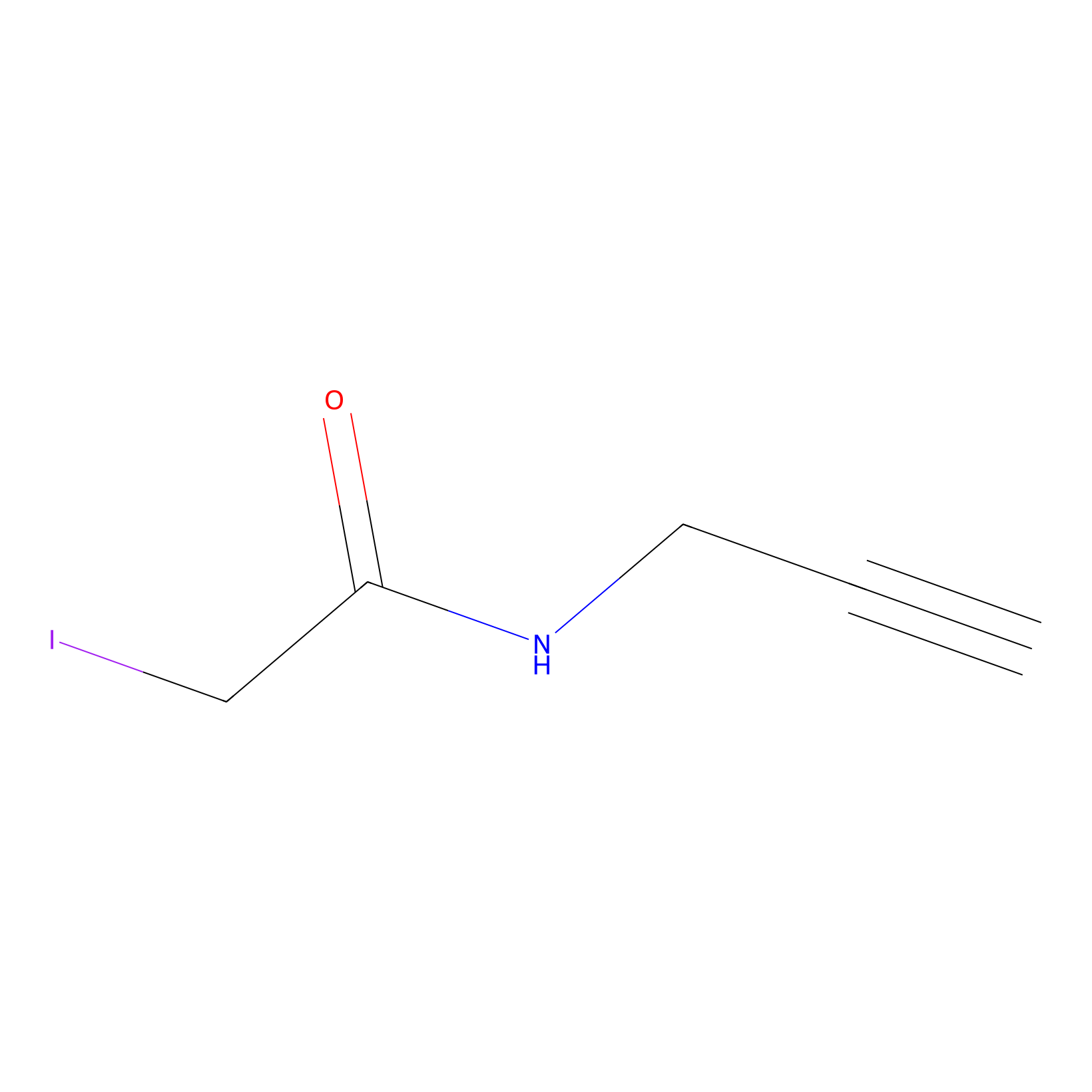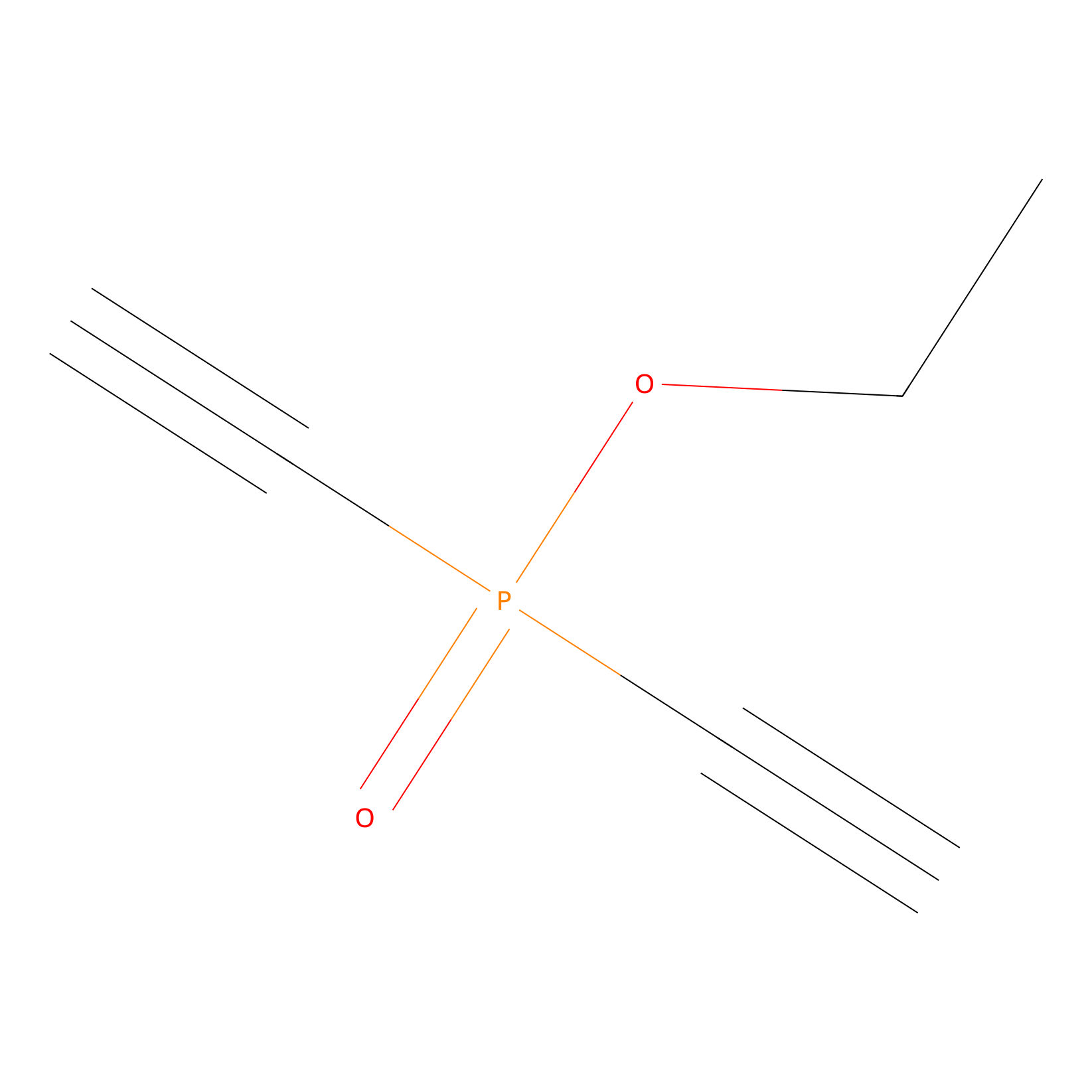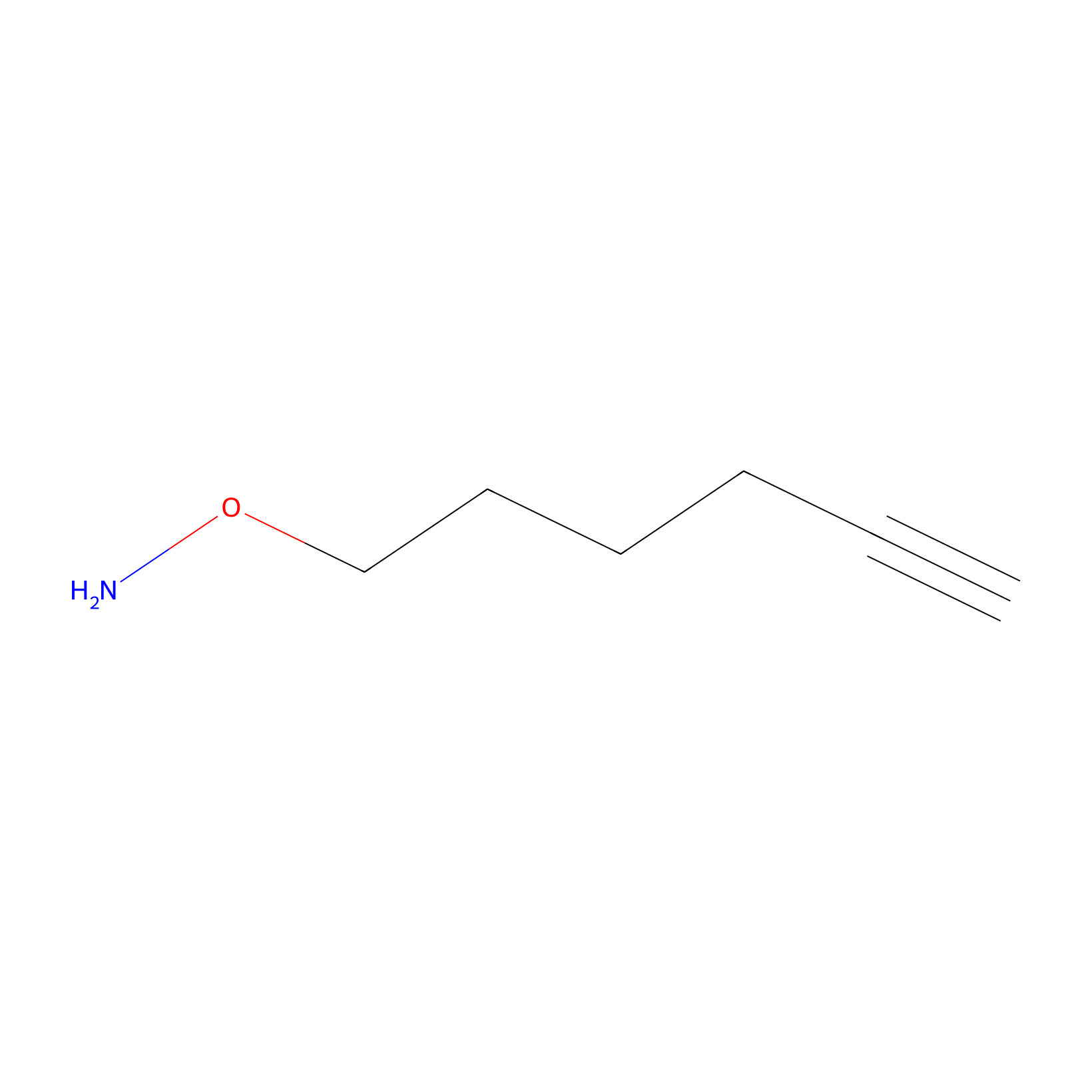Details of the Target
General Information of Target
| Target ID | LDTP05282 | |||||
|---|---|---|---|---|---|---|
| Target Name | Forkhead box protein K2 (FOXK2) | |||||
| Gene Name | FOXK2 | |||||
| Gene ID | 3607 | |||||
| Synonyms |
ILF; ILF1; Forkhead box protein K2; G/T-mismatch specific binding protein; nGTBP; Interleukin enhancer-binding factor 1 |
|||||
| 3D Structure | ||||||
| Sequence |
MAAAAAALSGAGTPPAGGGAGGGGAGGGGSPPGGWAVARLEGREFEYLMKKRSVTIGRNS
SQGSVDVSMGHSSFISRRHLEIFTPPGGGGHGGAAPELPPAQPRPDAGGDFYLRCLGKNG VFVDGVFQRRGAPPLQLPRVCTFRFPSTNIKITFTALSSEKREKQEASESPVKAVQPHIS PLTINIPDTMAHLISPLPSPTGTISAANSCPSSPRGAGSSGYKVGRVMPSDLNLMADNSQ PENEKEASGGDSPKDDSKPPYSYAQLIVQAITMAPDKQLTLNGIYTHITKNYPYYRTADK GWQNSIRHNLSLNRYFIKVPRSQEEPGKGSFWRIDPASESKLIEQAFRKRRPRGVPCFRT PLGPLSSRSAPASPNHAGVLSAHSSGAQTPESLSREGSPAPLEPEPGAAQPKLAVIQEAR FAQSAPGSPLSSQPVLITVQRQLPQAIKPVTYTVATPVTTSTSQPPVVQTVHVVHQIPAV SVTSVAGLAPANTYTVSGQAVVTPAAVLAPPKAEAQENGDHREVKVKVEPIPAIGHATLG TASRIIQTAQTTPVQTVTIVQQAPLGQHQLPIKTVTQNGTHVASVPTAVHGQVNNAAASP LHMLATHASASASLPTKRHNGDQPEQPELKRIKTEDGEGIVIALSVDTPPAAVREKGVQN |
|||||
| Target Bioclass |
Transcription factor
|
|||||
| Subcellular location |
Nucleus
|
|||||
| Function |
Transcriptional regulator involved in different processes such as glucose metabolism, aerobic glycolysis and autophagy. Recognizes and binds the forkhead DNA sequence motif (5'-GTAAACA-3') and can both act as a transcription activator or repressor, depending on the context. Together with FOXK1, acts as a key regulator of metabolic reprogramming towards aerobic glycolysis, a process in which glucose is converted to lactate in the presence of oxygen. Acts by promoting expression of enzymes for glycolysis (such as hexokinase-2 (HK2), phosphofructokinase, pyruvate kinase (PKLR) and lactate dehydrogenase), while suppressing further oxidation of pyruvate in the mitochondria by up-regulating pyruvate dehydrogenase kinases PDK1 and PDK4. Probably plays a role in gluconeogenesis during overnight fasting, when lactate from white adipose tissue and muscle is the main substrate. Together with FOXK1, acts as a negative regulator of autophagy in skeletal muscle: in response to starvation, enters the nucleus, binds the promoters of autophagy genes and represses their expression, preventing proteolysis of skeletal muscle proteins. In addition to the 5'-GTAAACA-3' DNA motif, also binds the 5'-TGANTCA-3' palindromic DNA motif, and co-associates with JUN/AP-1 to activate transcription. Also able to bind to a minimal DNA heteroduplex containing a G/T-mismatch with 5'-TRT[G/T]NB-3' sequence. Binds to NFAT-like motifs (purine-rich) in the IL2 promoter. Positively regulates WNT/beta-catenin signaling by translocating DVL proteins into the nucleus. Also binds to HIV-1 long terminal repeat. May be involved in both positive and negative regulation of important viral and cellular promoter elements.
|
|||||
| Uniprot ID | ||||||
| Ensemble ID | ||||||
| HGNC ID | ||||||
Target Site Mutations in Different Cell Lines
| Cell line | Mutation details | Probe for labeling this protein in this cell | |||
|---|---|---|---|---|---|
| COLO679 | SNV: p.H287Q | . | |||
| HCT15 | SNV: p.K173N | . | |||
| HSC3 | SNV: p.P133Q | DBIA Probe Info | |||
| HT115 | SNV: p.A608T | . | |||
| KNS42 | SNV: p.R114L | DBIA Probe Info | |||
| MDAMB468 | SNV: p.S30A | DBIA Probe Info | |||
| MFE319 | SNV: p.A387S | DBIA Probe Info | |||
| MOLT4 | SNV: p.S159N | . | |||
| SKMEL28 | SNV: p.G397C | . | |||
| SW1116 | SNV: p.L443V | DBIA Probe Info | |||
| WM2664 | Insertion: p.E625GfsTer45 | . | |||
Probe(s) Labeling This Target
ABPP Probe
| Probe name | Structure | Binding Site(Ratio) | Interaction ID | Ref | |
|---|---|---|---|---|---|
|
m-APA Probe Info |
 |
15.00 | LDD0402 | [1] | |
|
DBIA Probe Info |
 |
C357(2,661.27) | LDD0209 | [2] | |
|
Acrolein Probe Info |
 |
N.A. | LDD0221 | [3] | |
|
IPM Probe Info |
 |
N.A. | LDD0147 | [4] | |
|
Phosphinate-6 Probe Info |
 |
N.A. | LDD0018 | [5] | |
|
AOyne Probe Info |
 |
12.30 | LDD0443 | [6] | |
Competitor(s) Related to This Target
| Competitor ID | Name | Cell line | Binding Site(Ratio) | Interaction ID | Ref |
|---|---|---|---|---|---|
| LDCM0156 | Aniline | NCI-H1299 | 11.63 | LDD0403 | [1] |
| LDCM0108 | Chloroacetamide | HeLa | N.A. | LDD0222 | [3] |
| LDCM0213 | Electrophilic fragment 2 | MDA-MB-231 | C357(1.87) | LDD1702 | [7] |
| LDCM0107 | IAA | HeLa | N.A. | LDD0221 | [3] |
| LDCM0022 | KB02 | 42-MG-BA | C357(2.45) | LDD2244 | [8] |
| LDCM0023 | KB03 | Jurkat | C357(2,661.27) | LDD0209 | [2] |
| LDCM0024 | KB05 | MKN-1 | C357(2.85) | LDD3331 | [8] |
| LDCM0109 | NEM | HeLa | N.A. | LDD0223 | [3] |
The Interaction Atlas With This Target
References
